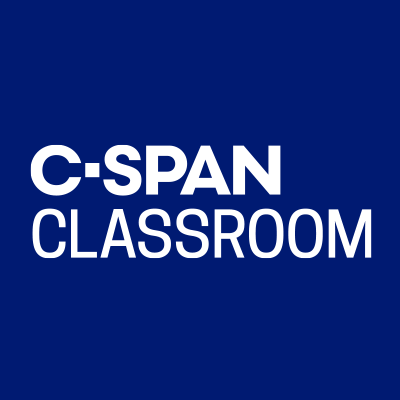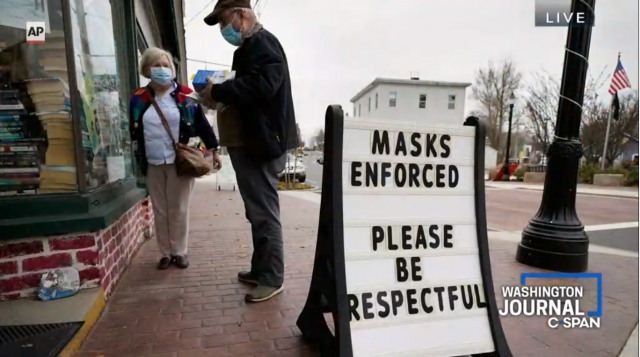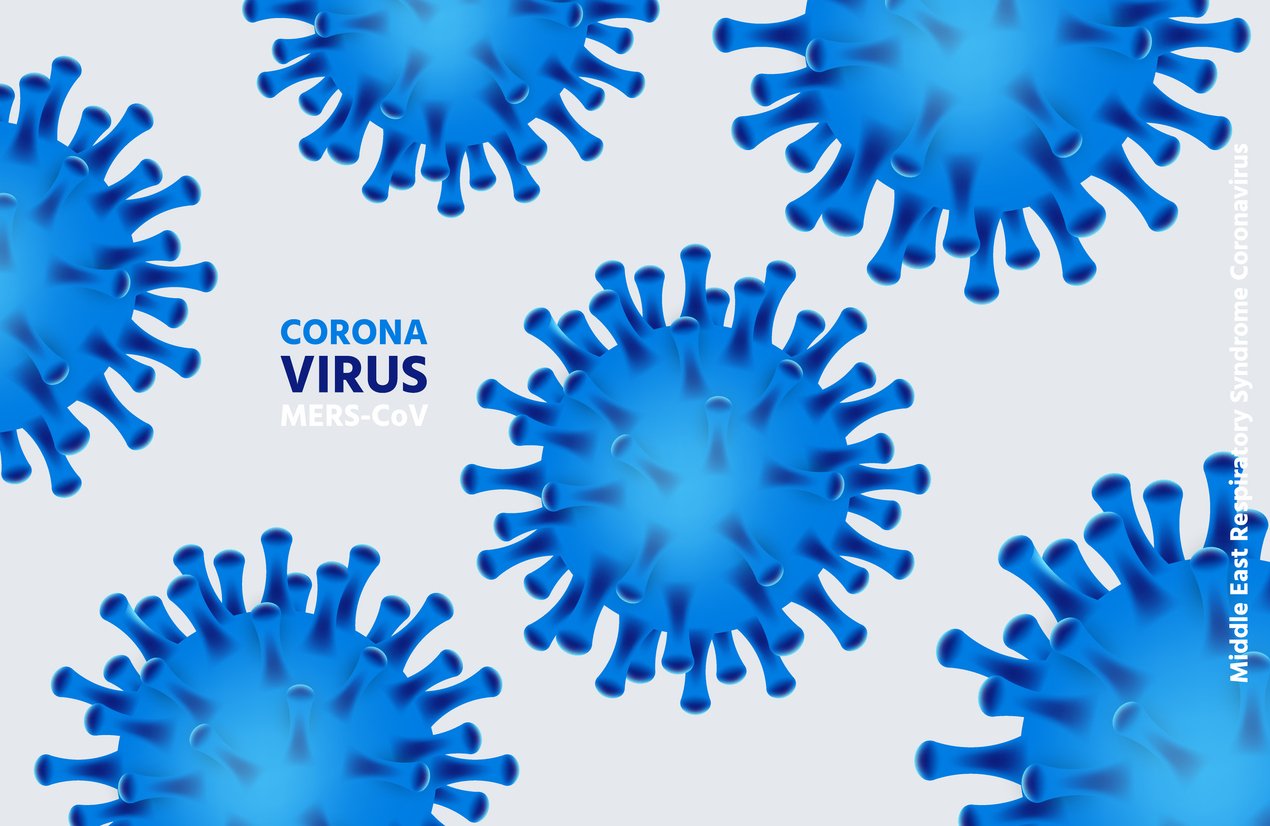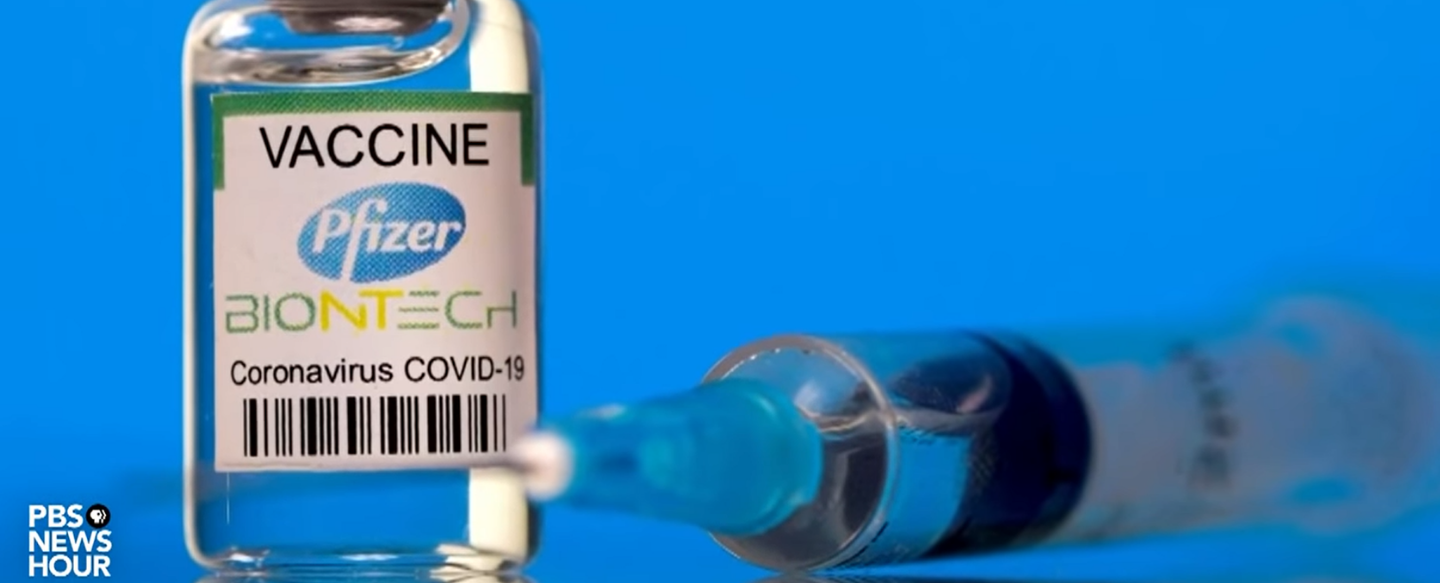About This Lesson
Introduction:
This Deliberation looks at the surging coronavirus cases in the United States and what governmental actions should be taken to limit the spread. Students will examine the role of local, state and national governments in public health and explore the debate between individual liberties and the common good. Using video clips of elected officials, legal scholars and public health experts, students will evaluate the benefits and drawbacks of specific efforts to control the spread of COVID-19 including increased testing, stay-at-home orders and mask mandates. From these video clips, students will develop a plan to address the deliberation question:
What actions should be taken to limit the spread of coronavirus cases in the United States?
The entire lesson with video clips can be accessed here.
Lesson Handouts:
-
Vocabulary Preview Handout (Google Doc)
-
Background Readings and Data Handout (Google Doc)
-
Background Video Handout (Google Doc)
-
Note-Taking Chart Handout (Google Doc)
Objectives and Outcomes
-
Students will be able to identify and explain factors contributing to the spread of COVID-19.
-
Students will be able to describe the legal framework relating to public health and efforts to limit the spread of the coronavirus.
-
After evaluating the benefits and drawbacks of specific strategies to limit the spread of the coronavirus, students will develop and defend a plan to address this issue.
Lesson Plans
Pick and choose from the following strategies to engage your students in the issue.
-
Warm-Up Activity. Choose from one of the following strategies to activate prior knowledge and engage your students.
-
A/B writing. Write the following three statements on the board. Instruct students to choose the statement with which they most agree and then free write for two minutes explaining why they support that statement. Allow several students, at least one for each statement, to share their thinking with the class.
-
During the COVID-19 pandemic, local, state and national governments should be able to restrict personal freedoms to protect public health.
-
During the COVID-19 pandemic, local, state and national governments should NOT be able to restrict personal freedoms to protect public health.
-
During the COVID-19 pandemic, local, state and national governments should have limited authority to restrict personal freedoms to protect public health.
-
-
Think-Pair-Share. Write the prompt on the board: “What actions should be taken to limit the spread of coronavirus cases in the United States?” Have students silently write down their thoughts and then discuss them with a partner. Give several pairs an opportunity to share their examples.
-
Take a Stand. Ask the students: “During the COVID-19 pandemic, local, state and national governments should be able to restrict personal freedoms to protect public health.” Have students line up on a continuum based on their opinion from “Strongly Agree” to “Strongly Disagree.” Ask several students from different points on the line to share their reasoning and defend their position.
-
-
Vocabulary Preview. Before watching the videos, reading the background articles, and using the additional resources, have students define the terms on the Vocabulary Preview Chart. This could be done as a jigsaw or individually, and depending on available time it may be completed for homework or in class.
-
Vocabulary Preview Handout (Google Doc)
-
-
Background knowledge. Have students read the background articles, watch the background videos, and complete the accompanying background questions and/or use the note-taking chart. Depending on available time, this may be done in class or for homework. Additionally, students should look for references to the vocabulary terms, and write quotes of the terms being used on the Vocabulary Preview Chart.
-
Background Readings and Data Handout (Google Doc)
-
Covid in the U.S.: Latest Map and Case Count- New York Times
-
-
Background Video Handout (Google Doc)
-
Public Health Measures to Address the Coronavirus Pandemic- Dr. Ashish Jha, Brown University School of Public Health (3:09)
-
Federalism and Public Health (4:21)
-
State COVID-19 Efforts and Increasing Cases in the Fall (4:30)
-
-
-
Deliberate. Have students watch the videos exploring strategies to limit the spread of coronavirus cases in the United States. While watching the videos, students should complete the note-taking chart for each side’s argument. Then, choose one of the activities from the Deliberations website to engage your students.
-
Note-Taking Chart Handout (Google Doc)
-
Strategy: Increase Testing and Contact Tracing
-
Point: Surveillance Testing in Communities- Rajiv Shar, President of the Rockefeller Foundation (2:24)
-
Counterpoint: Contact Tracing and Constitutional Concerns- John Yoo, University of California Berkeley Law Professor (3:18)
-
Counterpoint: Contact Tracing- Dr. Howard Markel, Center for the History of Medicine at the University of Michigan (3:09)
-
-
Strategy: Stay-At-Home Orders and Lockdowns
-
Point: Wisconsin Governor Tony Evers Announcement on Stay at Home Advisory (3:18)
-
Counterpoint: Lockdowns and Controlling the Coronavirus Pandemic- Avik Roy, Foundation for Research on Equal Opportunity (1:57)
-
Counterpoint: Targeted Restrictions to Reduce the Spread of the Coronavirus- Dr. Richard Besser, Robert Wood Johnson Foundation (4:30)
-
-
Strategy: Mask Mandates
-
Point: Joe Biden on State and Local Mask Mandates (1:40)
-
Counterpoint: Georgia Gov. Brian Kemp on Mask Mandates (3:45)
-
-
Strategy: Limited Government Intervention and Individual Responsibility
-
Point: Sen. Cornyn (R-TX) on Pandemic Fatigue and Personal Responsibility (2:51)
-
Counterpoint: Civil Liberties and Public Health- Law professors John Fabian Witt & Lawrence Gostin (2:42)
-
-
-
-
Assess. In addition to engaging in the Deliberation activity above, you may choose to have students complete an independent assignment to assess their mastery of the topic.
-
Have students provide a written response to the following prompt:
-
What actions should be taken to limit the spread of coronavirus cases in the United States?
-
-
Write a policy memo on how to prevent the spread of coronavirus cases in your community as if they were a member of your local or state government. Use arguments from the videos and readings to support your points.
-
Extension.
-
Research your State’s Efforts- Use the New York Times’ State Restrictions v. Case Counts tracker and your state’s official website to determine what restrictions are currently in place. Using this information provide the following information:
-
What restrictions are currently in place? How have these restrictions changed since March?
-
How effective do you think your state’s restrictions are at limiting the spread of COVID-19?
-
-
-
Letter to an Elected Official- Write a letter to an elected official in support of or in opposition to specific strategies that you feel will address the spread of COVID-19 in your community.
-
Create a Survey- Develop a survey that asks five questions about people’s perceptions of the efforts to limit the spread of COVID-19. Using those questions, perform a survey that gauges the public’s interest. After performing the survey, write a summary of the results.
-
The Struggle between Individual Liberty and the Common Good- Complete the Bell Ringer linked below. After answering each of the questions. Explain how the question over coronavirus restrictions are an example of the struggle between individual freedom and the common good.
-
Bell Ringer: The Struggle between Individual Liberty and the Common Good (5:32)
-
-
Additional Prompts:
-
Should the national government have more authority during public health emergencies?
-
Why do you think the founders delegated “police power” to the state governments?
-
How would you grade the United States’ response to COVID-19 so far? Explain your answer with specific examples from the deliberation.
-
In what other circumstances do people give up rights for the common good?
-
What should the role of government be during public health emergencies?
-













